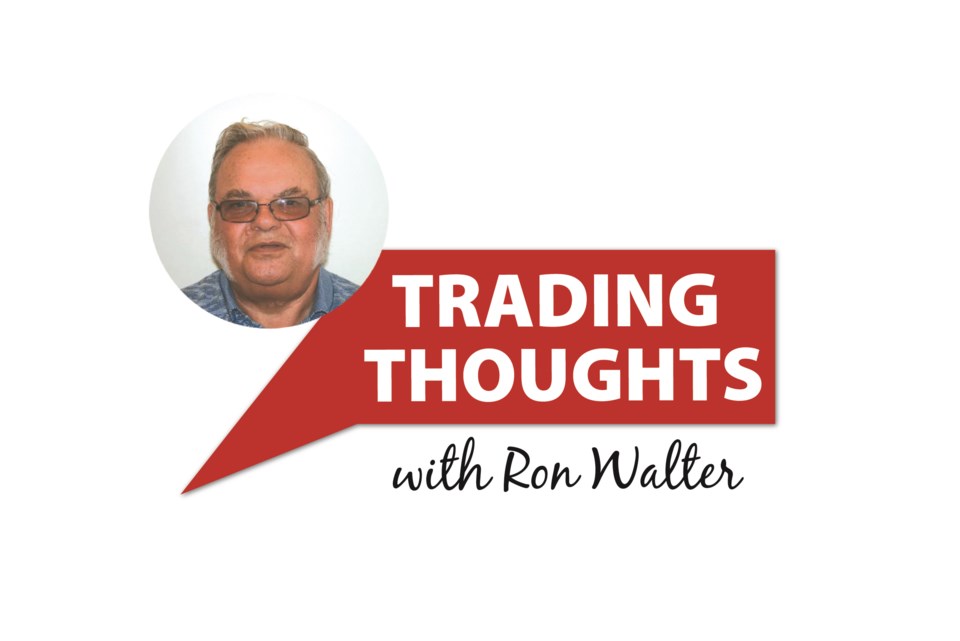In a few days, voters will elect a provincial government for the next four years.
Two parties — the incumbent Saskatchewan Party and the Opposition NDP — are fighting to be top dog.
Both issued platforms describing policies and spending plans.
The Sask. Party seems to emphasize the economy with more tax credits and tax cuts, some more spending and defence of the past record.
The NDP seems to focus on health care, education, cutting the gas tax and PST on groceries and children’s clothing.
On the issue of health care, the NDP plans to hire more nurses, train more, offer more full-time rural jobs, hire more emergency staff and establish regional health advisory councils.
The Sask. Party will continue to hire more staff, and offer free glucose monitoring and in-vitro fertilization along with its record of hiring to date.
The health care crisis, as it’s called, took a generation to develop with the pandemic exacerbating the situation.
Solving the matter will take longer than four years, considering other provinces and nations have the same concerns.
On affordability the Sask. Party points to its record, and offers increased personal income tax credits, increased grants for home renovations and increased first-time home buyer’s grants.
The NDP plans on building more infrastructure, with a school lunch program.
Both parties say the carbon tax has to go.
In education, the NDP will hire more teachers, reverse past funding cuts to education and establish the task force that teachers want.
Small business tax elimination is a Sask. Party promise.
The NDP will extend the tax freeze and develop a loan program.
Both parties plan to spend $1 billion-plus more over four years with promises to not raise taxes.
New spending comes from somewhere, so voters should take these promises with a grain of salt.
Saskatchewan has seen major promises broken at least twice in the past.
When Liberal right winger Ross Thatcher was elected in 1964 he soon held up a penny, saying they opened the books and not one red cent was left to spend.
In 1991 after NDP Roy Romanow was elected he toured the province proclaiming “the financial cupboard was bare.’’
Tax revenue can be raised by increased potash royalties.
The Saskatchewan United Party would raise potash revenues to eliminate the PST.
Unwillingness to raise taxes is understandable. Raising taxes in Canada is a path to electoral defeat.
More spending can be funded by higher deficits and debt.
Higher debt can lead to lower credit ratings that scare off investors.
Remember: both parties are trying to buy your vote with your money.
Voter turnout in past provincial elections has been low, only exceeding 60 per cent once since 1999. In 2007 it was 60.8 per cent.
Low turnout shows poor understanding of the importance of voter involvement and a belief that one vote won’t matter.
Some observers believe voting should be compulsory. In Australia where voting is compulsory the turnout is 90 per cent.
Ron Walter can be reached at [email protected]


.png;w=120;h=80;mode=crop)

